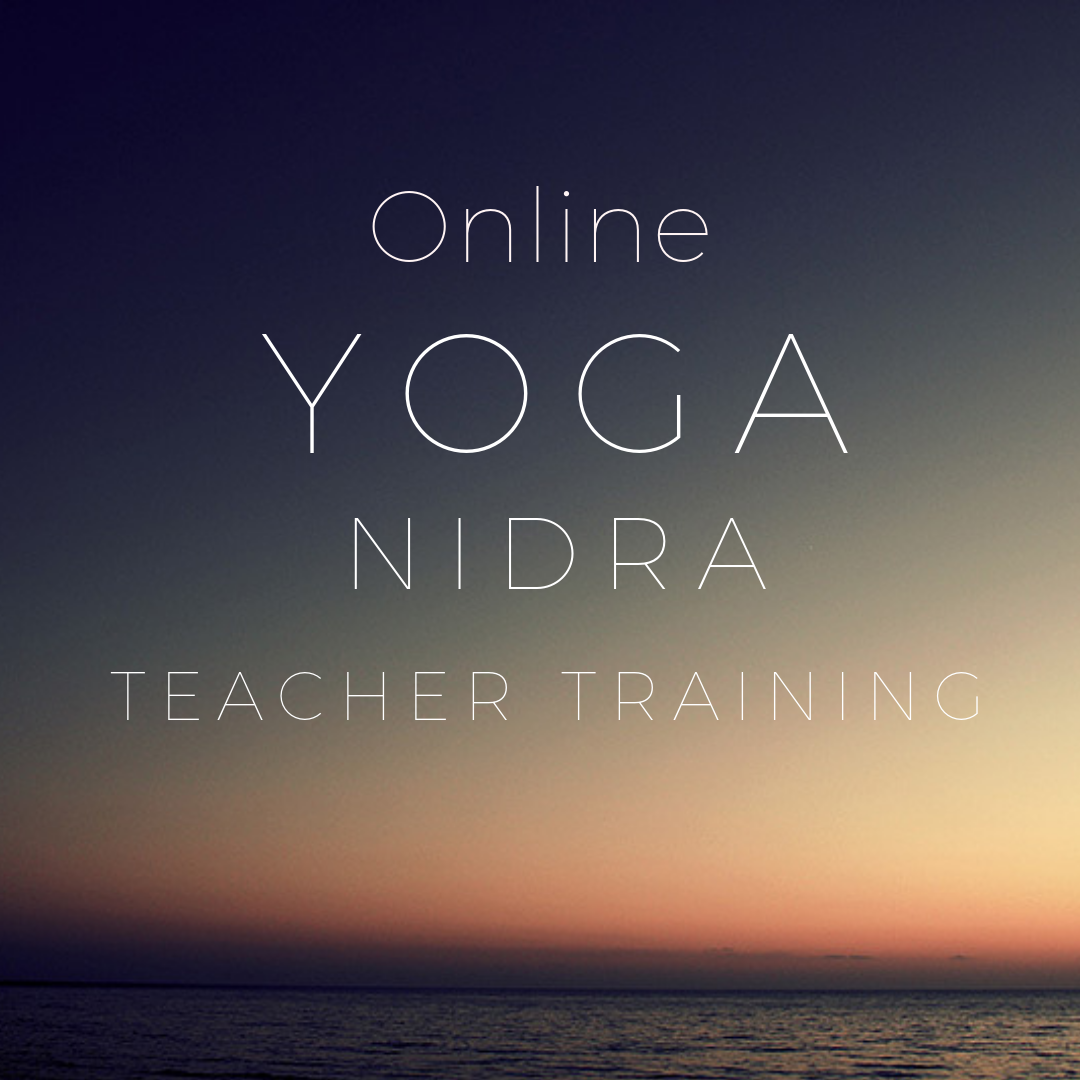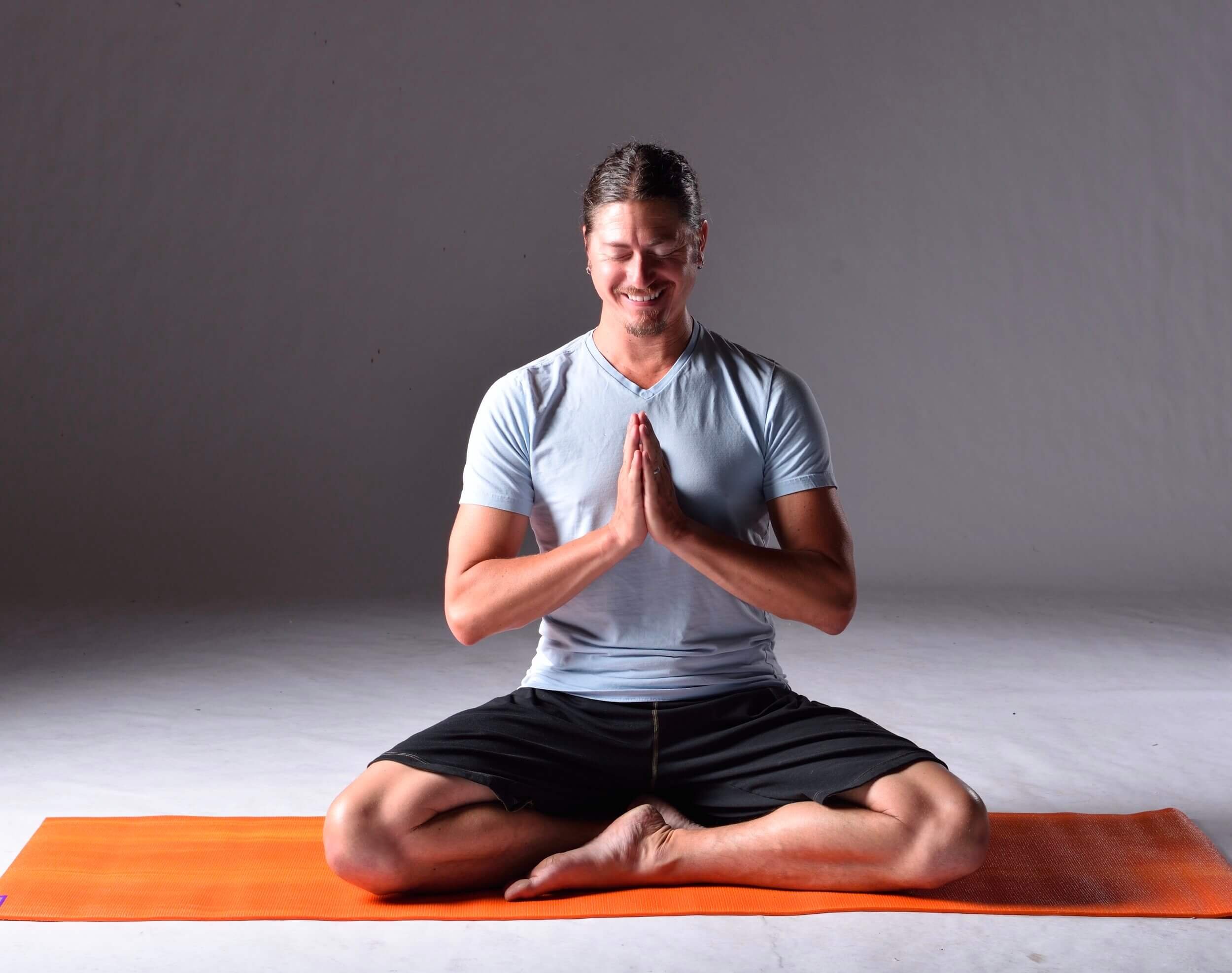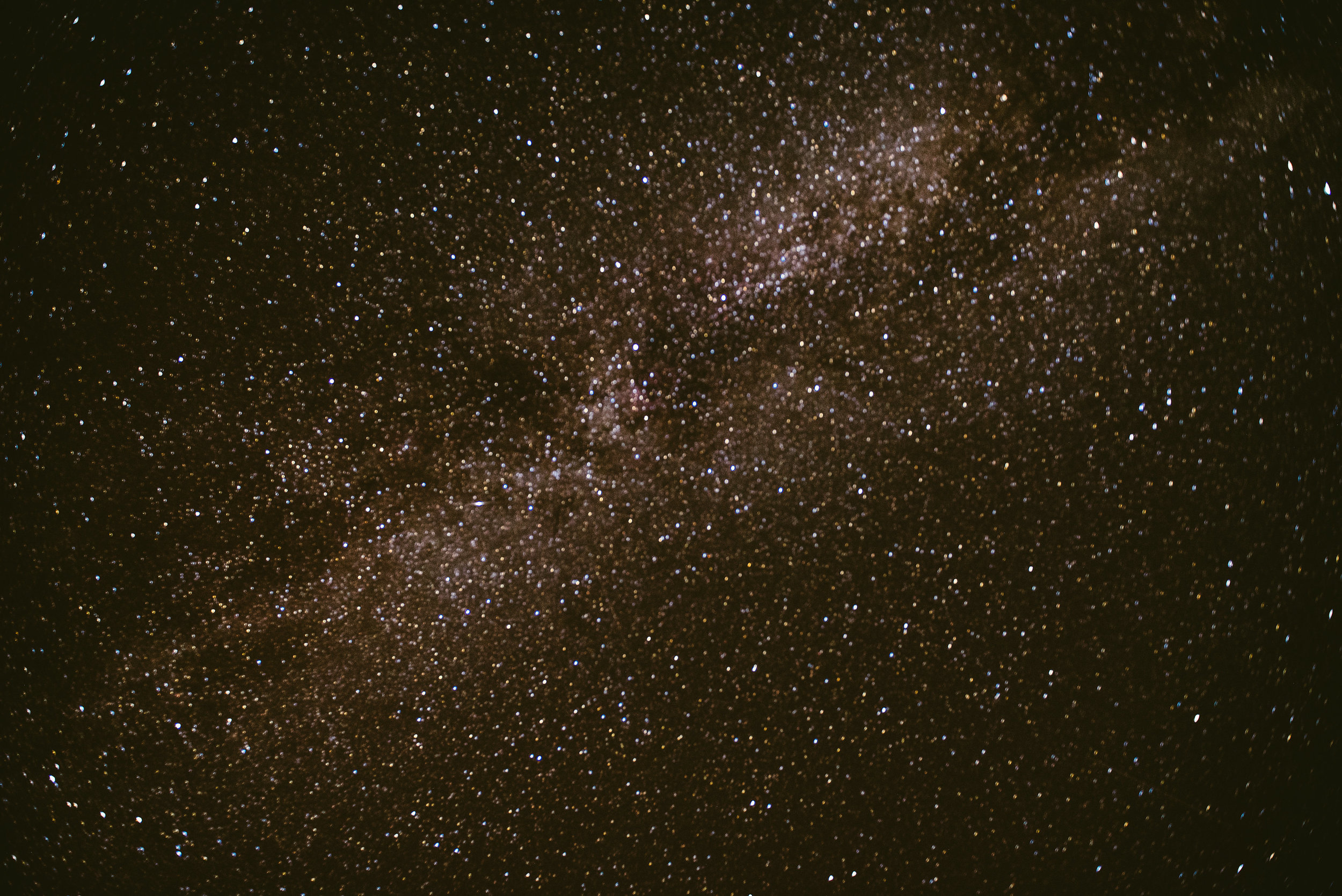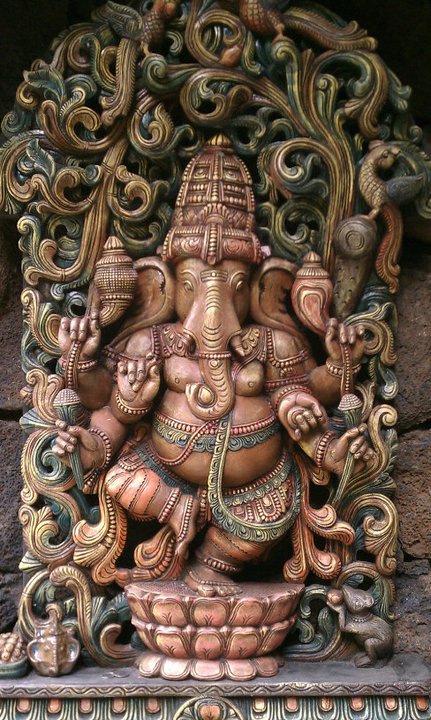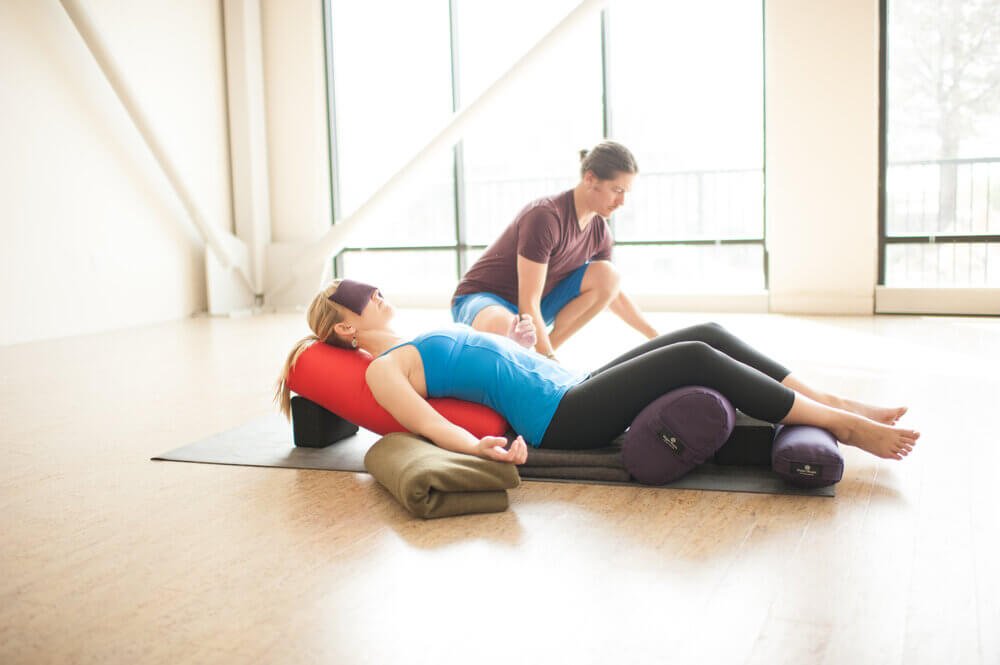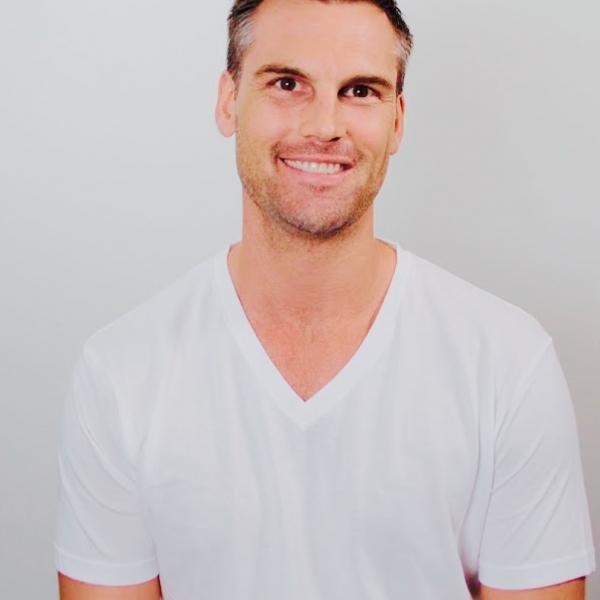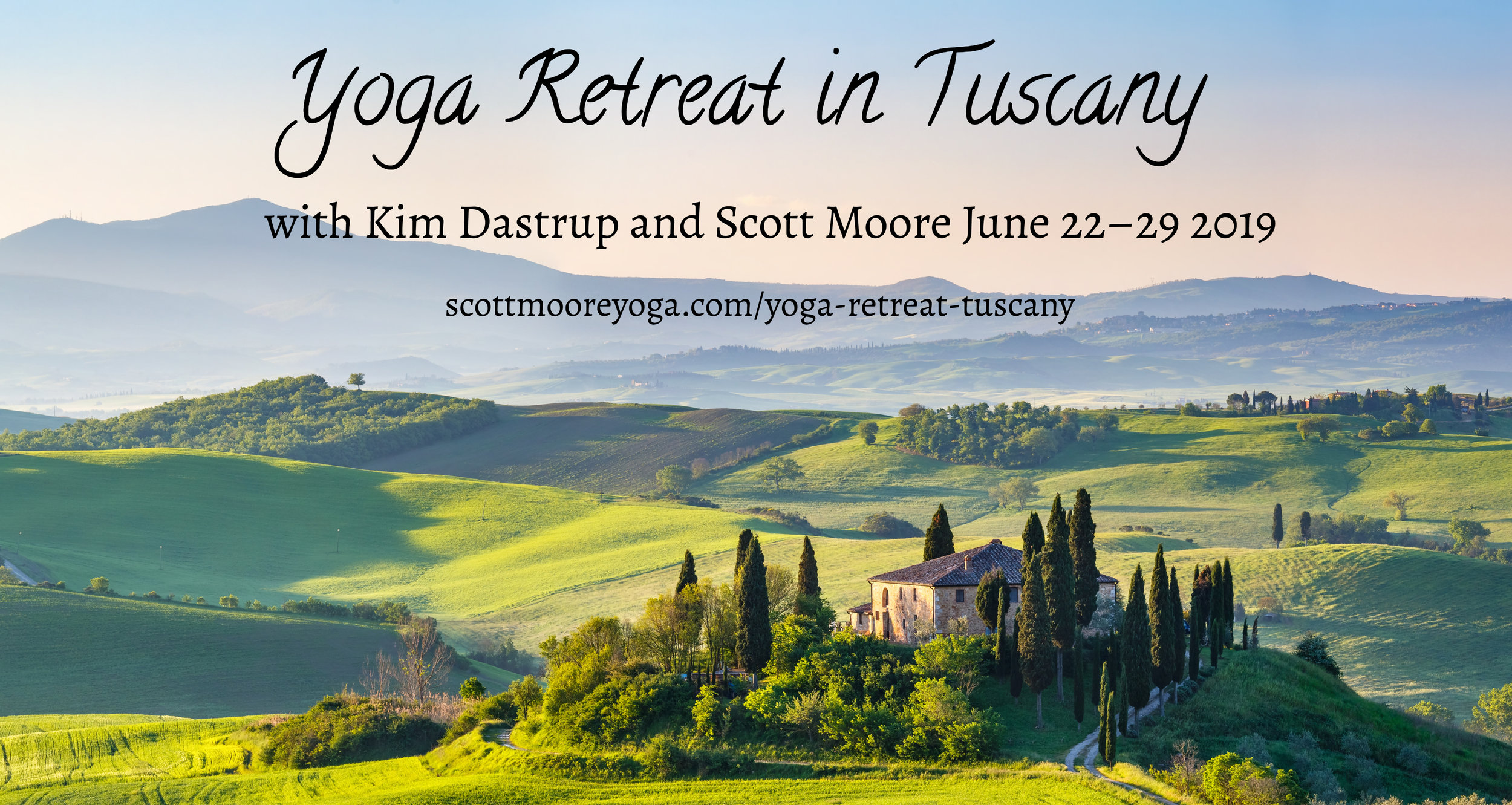Here’s an article that I just published in Conscious Life News. Take a look …
I'm always talking about the balance between effort and ease in a yoga class. Understanding the balance between over and under exerting yourself is the secret to going the distance in your yoga asana. Likewise, it's a lesson that we can apply to our every-day life.
When exerting or stretching, I always encourage students to do so at a level 7 of 10, or less. I invite them to find that place I qualify as "comfortably intense." It's counterintuitive but doing so will help them arrive much quicker, effectively, and safely to where they are attempting to arrive than just trying to effort their way to get there.
In a society that values productivity over almost anything else we confound doing more with getting more. Such is not always the case in practices like yoga. What's really happening behind the scenes is that we are working just enough but not too much in order to place ourselves into the current of Prana, or life-force energy, that will take us much further down the path of where we are trying to go than forcing the path our way there.
Prana is a river of energy that is flowing within us and around us. Think of it like an actual river with the current traveling fastest in the center of the river and moving languidly on either bank of the river. One bank of the river represents effort and the other represents ease. If your goal is to move down-river and your efforts to swim only move you horizontally across the river, that is to say either toward one bank or the other, your job therefore is to swim just hard enough to get into the current but not so hard that you swim past the strongest part. When you find the balance between effort and ease, you'll find it relatively easy to stay into the current of energy and you'll find yourself quite literally in a flow state.
This principle is applied on a physical level in our yoga asana classes but can also be applied to other parts of our lives, in body mind and spirit. In our meditation practice, we can suffer from either too much or too little effort. In our spiritual practices we can suffer from too much or not enough effort.
Ganesha, the elephant-headed god, is a great reminder for this balance. His entire being is one of non-duality as he is half animal and half human, one long tusk and one short tusk, a large fellow who rides around on a tiny mouse. Often depicted in a Ganesha statue is a plate of cookies he is carrying with him. His ample belly shows that he's not a stranger to his plate of goodies. What he is saying by this is that no matter how serious you are about your practices in body, mind, and spirit, it's important that you always find enjoyment in them. Feed your soul in the process and allow your soul to get fat.
Tantra is a school of thought that focuses on our growth. In fact, Tantra means to stretch into your greatest being as effectively as possible. I know what you might be thinking. Often, the word Tantra conjures of esoteric " coupled yoga poses" that are reserved for the bedroom, or for some of you, any room in the house, as long as the kids aren't home. And while finding balance in your love life is a part of Tantra, the school of thought is much richer than just that. Tantra is to move beyond the realm of the ordinary to understand and embrace your full potential, in every area of your life, a potential which is probably much vaster than you think. The driver for Tantra, that is to say the way that we can optimize every part of our life, is Prana. Getting into the flow of Prana is the secret gateway to make every aspect of our lives (even "esoteric coupled yoga poses") thrive. Again the two things that most often prevent us from getting into that flow of Prana is either under effort or over effort.
Here's the big reveal: by operating at a level 7 or less of effort in our lives, we find that our lives thrive at a level 11! Get more by finding the balance between effort and ease.
This week, I encourage you live your life at a level 11 by exploring all the ways in which you might be able to find greater balance, including your job, play, exercise, your diet, your relationships. . . EVERYTHING. Let go of the doing more to get more attitude and instead try finding balance to get into the flow. In the flow, there's no limits to where you might arrive.
I invite you to practice living FULL-OUT! DON'T MAKE ME GO ALL-CAPS ON YOUR ASS! Do it! And watch how by so doing, you'll see how those around you start to step up as well.













